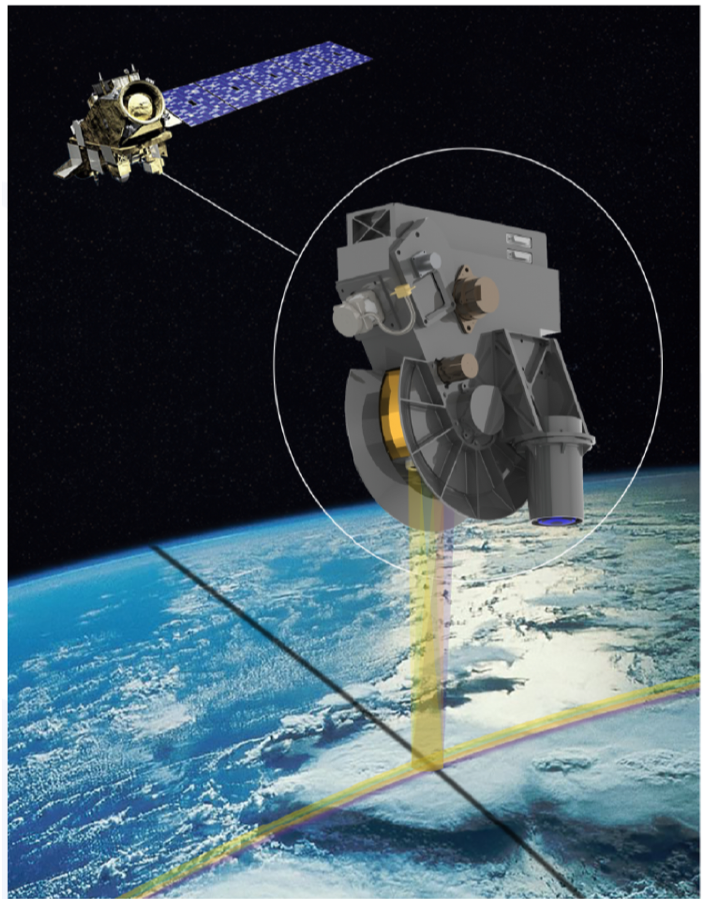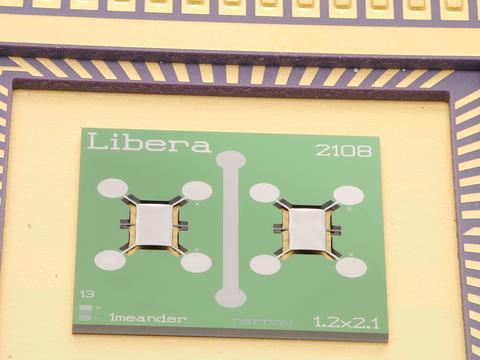Libera

Telescope Details
Location
To be launched into polar orbit by 2027 on NOAA’s Joint Polar Satellite System-3 satellite.
Purpose
Libera will measure Earth’s radiation to continue and improve the decades-long data record of the balance between the Sun’s energy arriving at the Earth and the amount the Earth absorbs, reflects and emits back into space day by day. This balance is a key measurement for quantifying how the Earth’s climate changes over time.
NIST’s role
NIST designed and built advanced detectors to more accurately measure the Earth’s radiation across a broadband light spectrum (0.3 to 200 micrometers) and link the results to international standards (the SI) to help calibrate measurements across all wavelengths. The detectors, to be mounted on four radiometers, will be made of metal patterned on silicon wafers with very black carbon nanotubes to absorb the incoming light.
Other interesting facts
In Roman mythology, Libera is the daughter of Ceres, goddess of agriculture.
Supported by
NASA Langley Research Center
Operated by
Laboratory for Atmospheric and Space Physics, Ball Aerospace and Utah State University
Media


